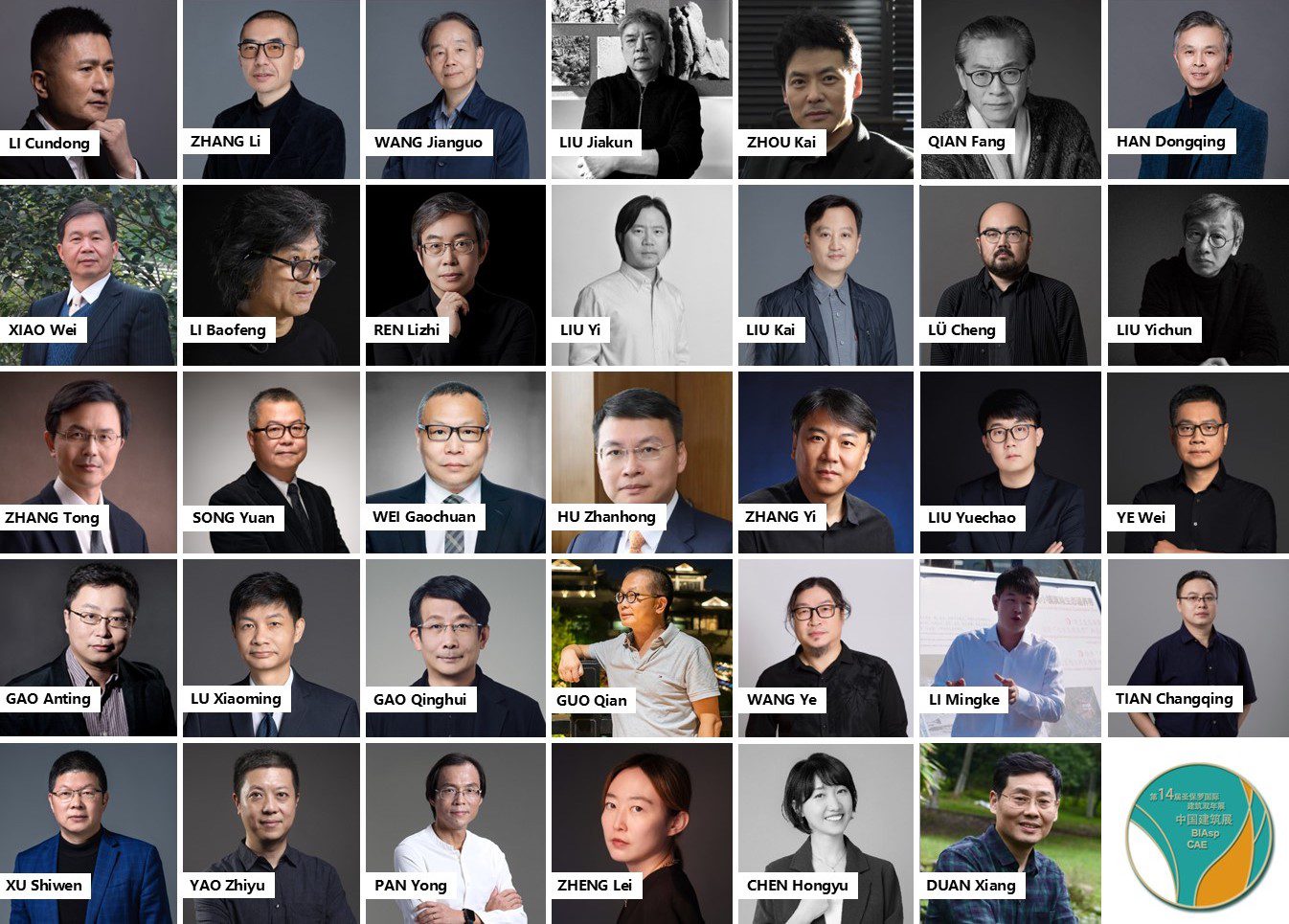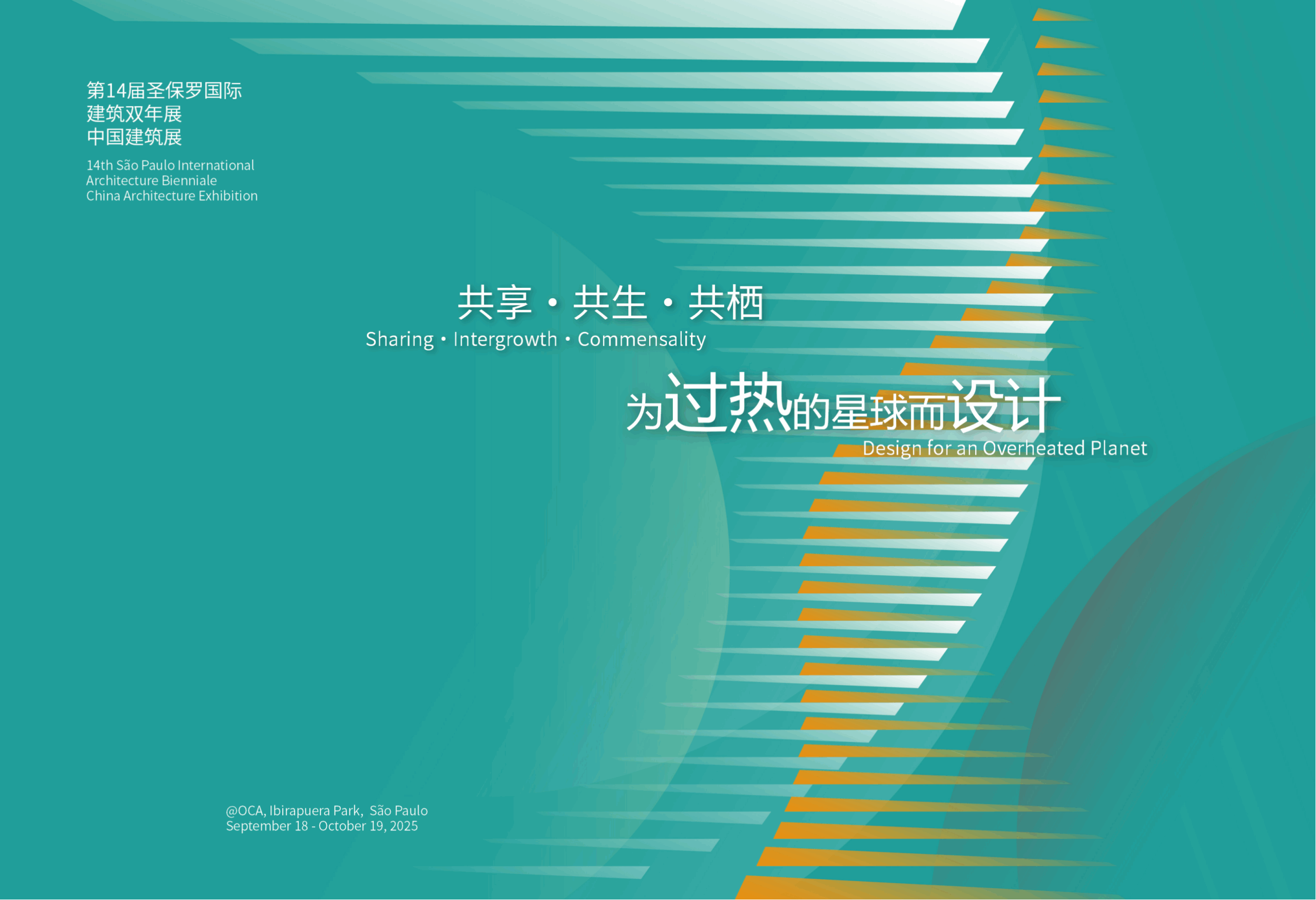Project implementation: China
Project development: China
The China Architecture Exhibition at the 14th São Paulo International Architecture Biennial, Sharing · Intergrowth · Commensality: Designing for an Overheated Planet, marks a rare collective appearance of thirty leading Chinese architects. Each participant brings a new work shaped by the winds of place, the memory of land, and the urgencies of climate. These projects are not declarations of form or displays of personal signature, but rather quiet and meaningful conversations with rivers, with mountains, with neighborhoods, and with people. Taken together.
The curatorial team—Chief Curator Li Cundong and Executive Curator Xiao Wei—has deliberately resisted imposing a single style or narrative. Instead, they allow a chorus of voices to emerge, weaving together traditions, innovations, and visions for the future. Their approach highlights architecture not only as technical production but also as cultural empathy and ecological responsibility.
The exhibition is structured around five threads: Vernacular Resonance, which reinterprets local traditions such as courtyards, timber frames, or village patterns as seeds for grounded futures; Green Innovation, where sustainability is not ornament but origin, integrating renewable energy, biomaterials, and circular practices; Resilience for the Future, proposing adaptive infrastructures and public spaces capable of withstanding floods, droughts, and extremes; The Value of Margins, where innovation arises in peripheries, informal settlements, and ecological frontiers; and Back to Balance, a forward-looking outlook toward the UIA World Congress of Architects 2029 in Beijing.
Complementing these are five additional perspectives: Green Building, advancing ecological balance through low-carbon life-cycle strategies; Urban Regeneration, reactivating dormant urban areas through site-specific interventions that respect history while meeting contemporary needs; Landscape Architecture, reweaving fragmented ecosystems and enhancing climate resilience; Rural Revitalization, creatively transforming traditional settlements into new paradigms of endogenous growth; and Innovation Practices, which break disciplinary boundaries and explore new possibilities at the intersection of digital technology, biomimicry, and social experimentation.
As one of the core exhibitions of this Biennial, the China Architecture Exhibition is less a display of “feats” and more a practice of shared responsibility. It demonstrates how architecture can remain humble yet transformative—anchored in place, attentive to people, and oriented toward a more balanced and sustainable planetary future.



